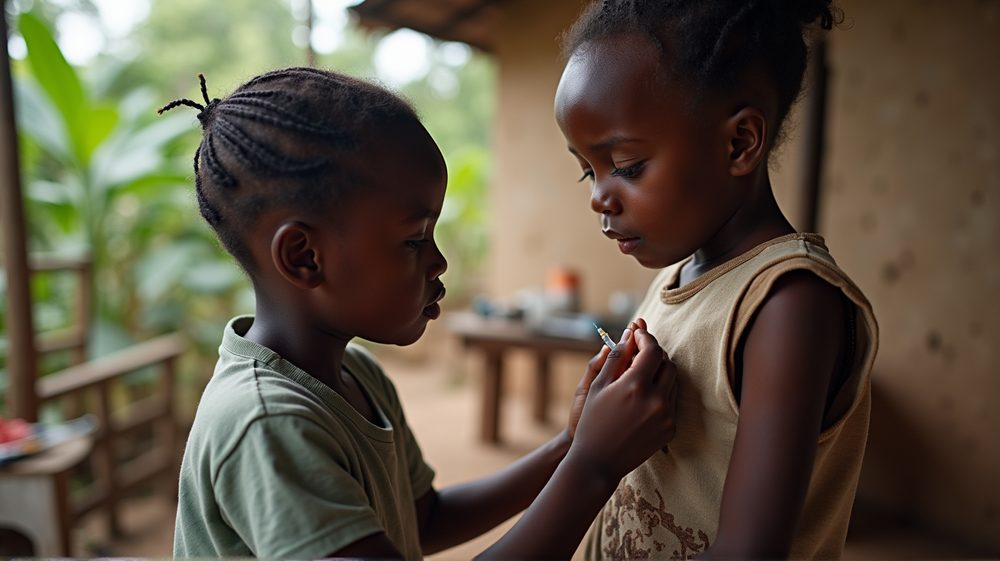In a sobering announcement, the World Health Organization (WHO) has highlighted a critical $1.7 billion funding gap threatening global polio eradication efforts. This financial shortfall casts a looming shadow over the ambitious Global Polio Eradication Initiative (GPEI) aiming to rid the world of polio.
Funding Cuts and International Hesitation
The WHO, in conjunction with the Gates Foundation and other global health bodies, will confront a substantial 30% budget reduction in 2026. The root causes, as explained by Jamal Ahmed, the WHO’s director of polio eradication, stem primarily from diminished foreign aid contributions, notably from the United States, driven by a shift in international engagement under the current administration.
Strategic Adjustments Amidst Crisis
The GPEI intends to strategically allocate its resources, concentrating its efforts on high-risk regions and employing innovative solutions such as fractional vaccine dosing. This calculated move uses only a fraction of a standard vaccine dose, which aims to stretch existing supplies to safeguard more children.
Persistent Challenges in Endemic Regions
Despite past victories, polio remains endemic in areas like Afghanistan and Pakistan, where the disease persists tenaciously. These regions continue to be a focal point for on-ground interventions, as highlighted by the WHO. Furthermore, vaccine-derived polio, a derivative concern arising from weakened viral strains in vaccines, has been reported in numerous other countries, including Nigeria.
A Global Health Imperative
The global health community remains resolute in its vow to pursue complete eradication. As stated in Al Jazeera, reassigned strategies and cross-collaborations with other health campaigns, including combustible disease frameworks, are key forces driving forward during these testing times.
Concluding Thoughts
The call to action is resoundingly clear: maintaining international commitment is vital to ensuring no child is left vulnerable. The polio battle is far from over, requiring sustained support, vigilance, and innovative responses to overcome this funding maroon.












